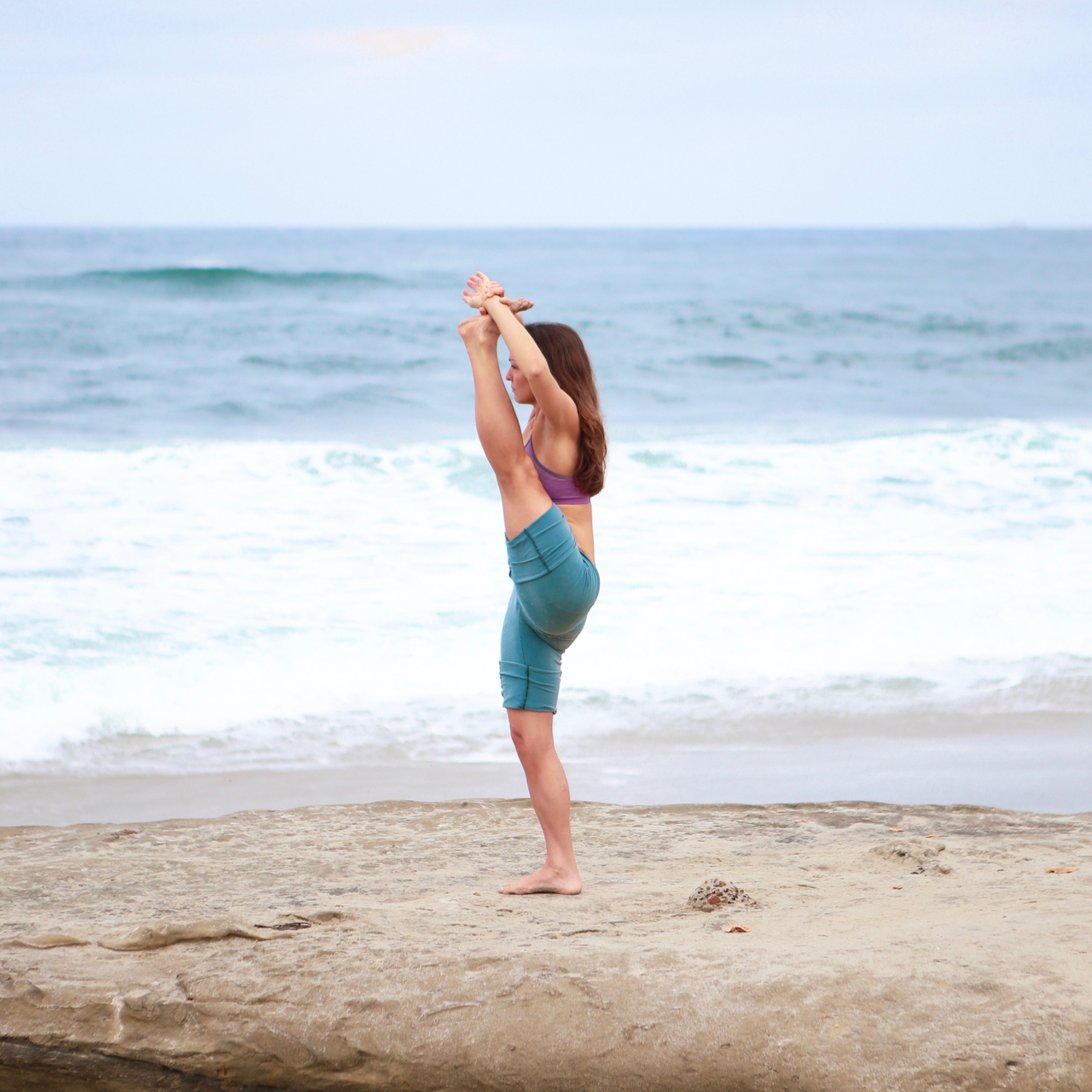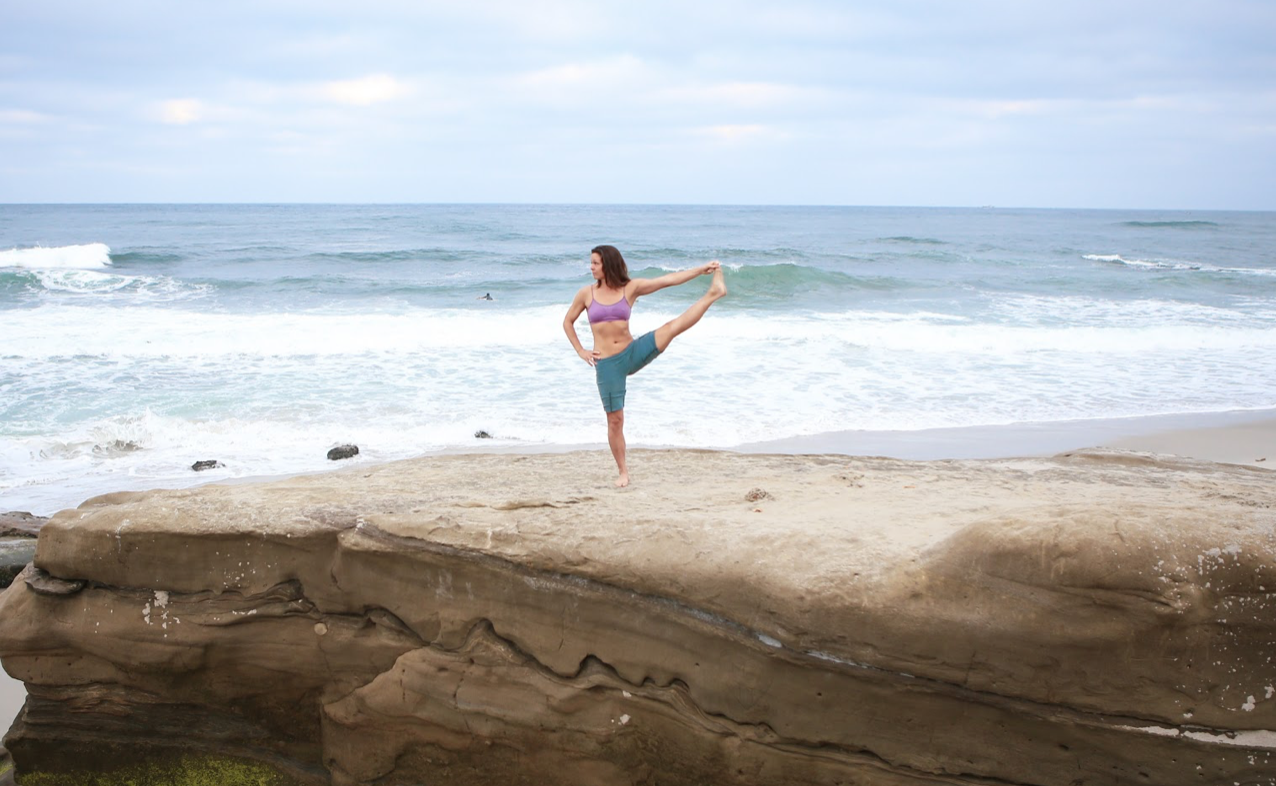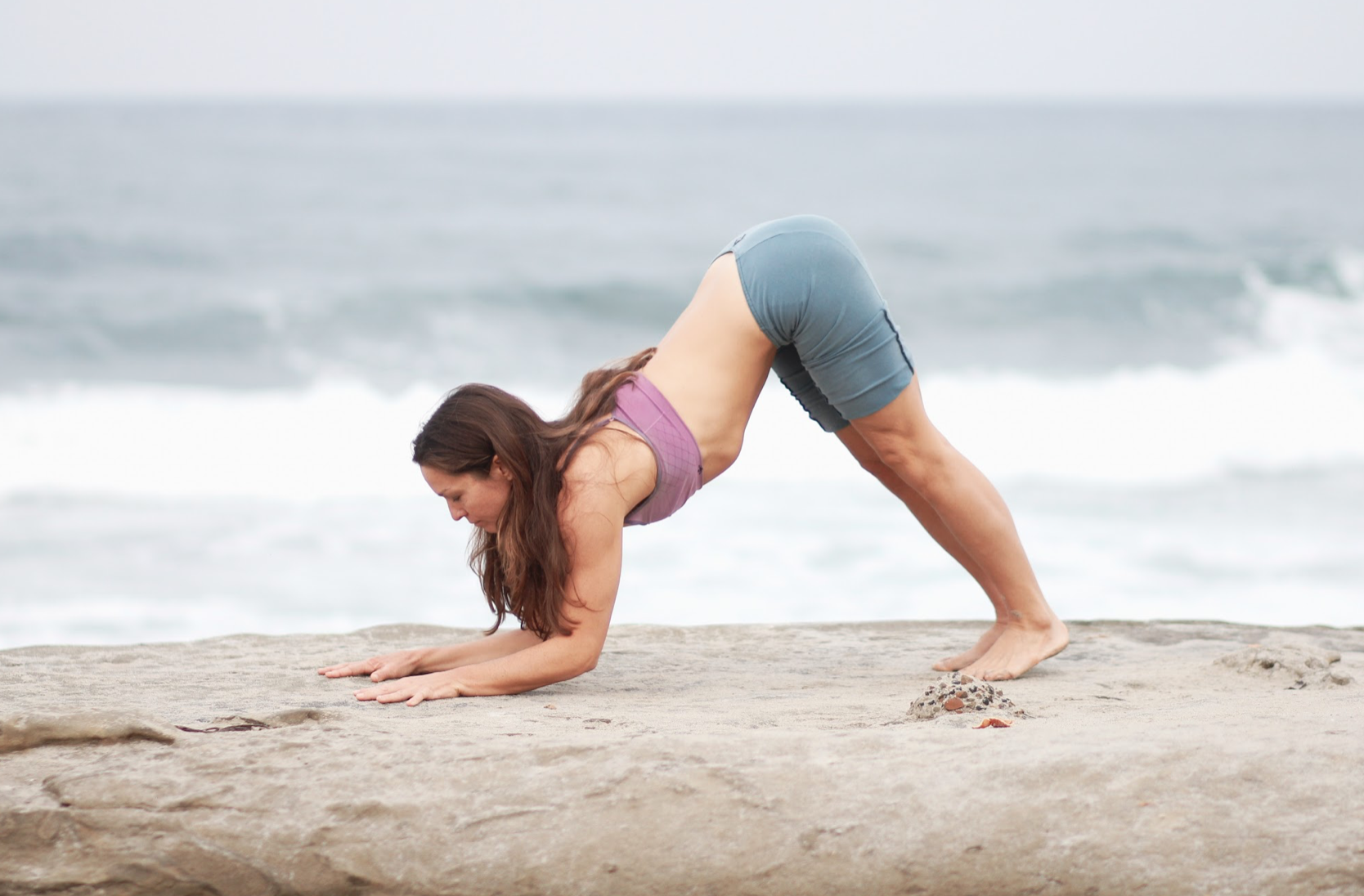
The Eight Limbed Path of Ashtanga Yoga
“Ashtanga” can be directly translated as “eight limbs.” More specifically, eight distinct, yet inter-related components or elements, make up the practice of Ashtanga Yoga:
1. A moral code of value, which guides the way the practitioner interacts with the world
2. A personal code of conduct, which guides the way one enhances their life as an individual
3. The physical yoga postures, which are directed towards the purification of the body
4. Breath work
5. Sense withdrawal, or, according to some, complete sense absorption
6. Focus
7. Meditation
8. Union with all that is
Ashtanga Yoga Explained
In regard to the physical practice, Ashtanga is a sequence of poses put together in a particular order that is repeated over and over again. One could liken this practice to a martial art, where routines are memorized and repeated. By this repetition, one has the opportunity to recognize one’s own individual patterns whether internal, external, mental and/or physical. Through that recognition, one can initiate change. It is a practice in which one moves at their own pace and rhythm — each person is guided not by a teacher, but by their individual practice (though a teacher is often there to provide adjustment and guidance). It is also a practice through which one might ultimately acquire increasingly advanced postures and sequences based on the ability and opening of one’s body and mind. In service of this tradition, guided classes can be highly beneficial and even encouraged for new practitioners. Ashtanga is an intense practice that requires work and dedication and often a bit of sweat. It requires not only the physical presence of the practitioner but also their mental dedication, free from the distraction of external stimuli. For some, the necessity of focusing only on breath and presence can lead to boredom — depending on the curiosity and the openness of the practitioner, this is when Ashtanga Yoga begins or ends. The benefits of maintaining a consistent Ashtanga practice must be experienced, as they are otherwise difficult to characterize. Such benefits present themselves different for all who proceed on this path, yet a common understanding and bond is created nonetheless.
I got started with Ashtanga yoga by “chance.” In 2002, I was taking tap dance lessons in San Diego and my teacher told me that I had “horrible posture,” which was very true at the age of 23. In order to improve my posture, she suggested, I should take her yoga class. By “chance,” she taught a beginning version of Ashtanga Yoga. By dedication, commitment, and love of the practice, I continued with this type of yoga.
Series 1, 2, & 3
The Primary Series is described as Yoga Chikitsa, yoga for health, or yoga therapy. It is a practice that focuses on the detoxification of one’s body, inspiring an equal development of strength and flexibility. Significant focus is placed on the stretching of hamstrings, balanced with the empowerment and strengthening of the legs, core development, shoulder flexibility, and back bending. It is, essentially, a practice of putting the body into balance.
The Second Series is described as Nadi Shodhana and is directed towards the nervous system. This series requires deep twists, deep back bends, and deep opening of the hips. In other words, bringing the foot/feet behind the head, forearm balances and headstands, and a few “wtf” poses. Whereas the primary series develops a great strength in the body, the second series teaches one to soften inside of that strength. Learning how to stay calm in a variety of demanding, yet softening poses, is perhaps the greatest benefit to the practitioner.
The Third Series is one I can only speak lightly on, as I’ve only been “given” the beginning section. It is known as Sthira Bhaga, or centering of strength. It requires many variations of putting one’s foot behind the head, including while in a side plank, while standing on leg, while the other foot is in half-lotus (and that’s just to name a few of the variations). It also incorporates many headstands that lead to arm balances and therefore requires a tremendous amount of strength. This series also has some deep hamstring stretching and more deepening of backbend to concludes the series.
Ultimately, a comparison of the different series of Ashtanga leads me to conclude that each series adds new postures that are simply new and uncomfortable for the practitioner, albeit in different ways. It is through practicing each series that one learns how to be comfortable in the uncomfortable. Ideally, by learning this through a physical practice, one can then translate this into the day-to-day of everyday life. One learns how to stay calm and breathe through discomfort, and how to act rather than react.

The Biggest Change Through the Practice of Ashtanga Yoga
I have noticed my entire life transform. This change has come from balancing my strength with flexibility — not only in my body but in my mind, as there is a direct correlation. I have learned how to breathe, and come to believe that the quality of one’s breath reflects the quality of one’s life. I have begun to develop a better ability to act rather than react in my day-to-day, as well as a stronger ability to focus as the external has less power over me. I have witnessed a complete body makeover, one of strength and flexibility. So basically, I have experienced a complete life transformation.
The Most Challenging Pose
When I came to Ashtanga, I was a very inflexible person. I could not sit upright without struggle when I began, my back rounded, and my core was not strong enough. I could not squat; I could not straighten my arms in the air because my elbows were always bending. Downward dog was torture, I could not touch my toes, and I could not even comprehend how one could put their foot behind their head. I do not think there was a pose that was not challenging for me, and that is probably what kept me going with it as a young adult, as I enjoyed challenges. What I have learned from every challenging posture is patience and respect for where my body is at any given moment. I believe the greatest thing I have learned out of everything is to not push myself into pain simply for the appearance of a posture. When people ask me what advanced yoga is, in my experience, it is the ability to listen and respect one’s own body.
Teaching Ashtanga Yoga
My favorite thing about teaching Ashtanga is simply sharing the passion that transformed my own life with others and then witnessing them transform as well. To watch people repeat patterns in order to change their own patterns and to observe as they gradually transform is an amazing privilege and a beautiful thing to be a part of. I love the pattern. It requires less of me and all of them. Ideally, we all become our greatest teacher.


Leave a Reply
You must be logged in to post a comment.